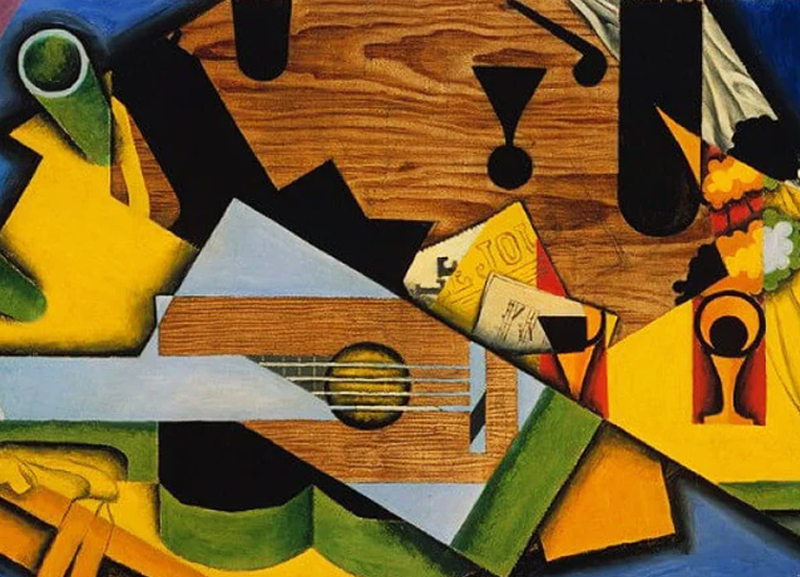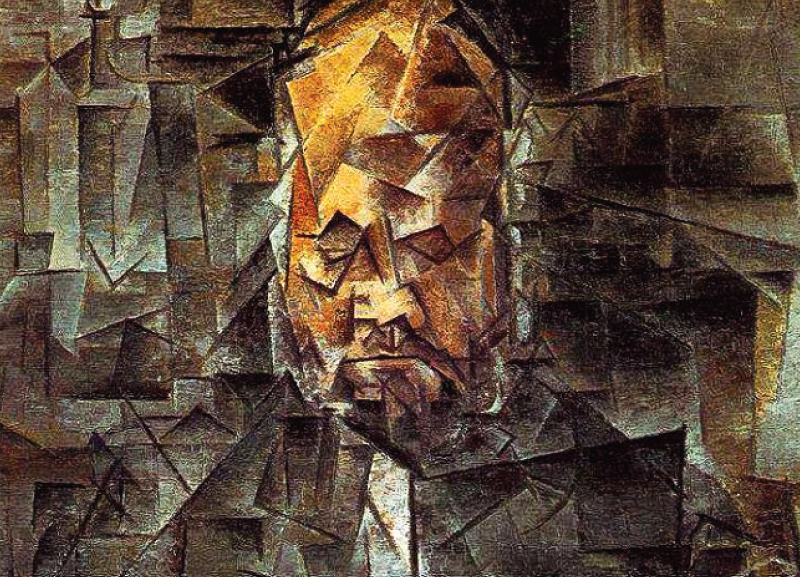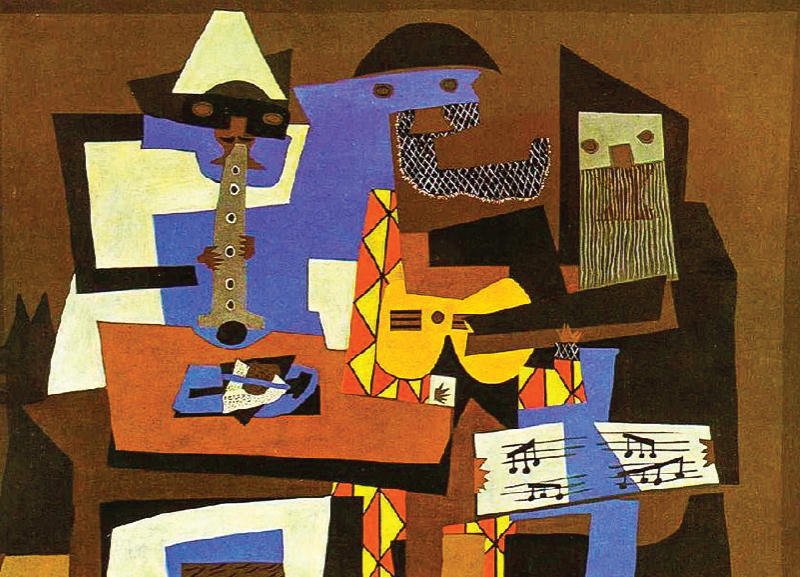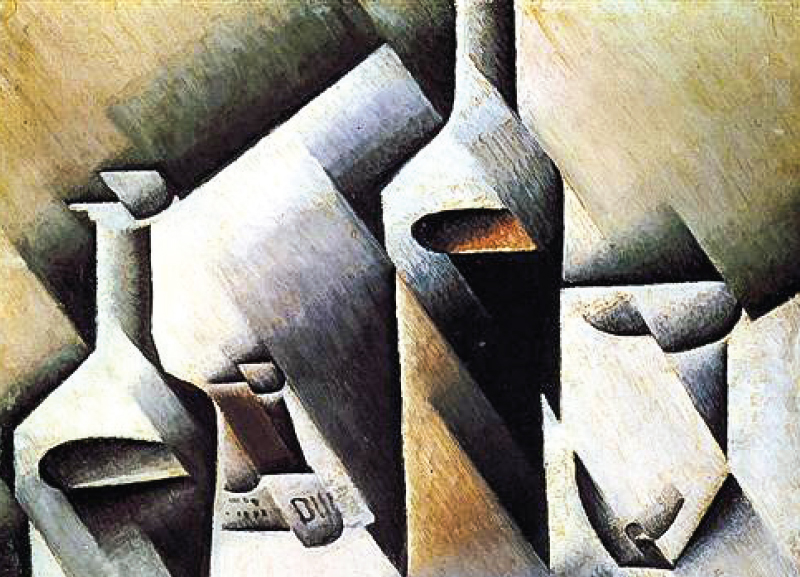

Cubism was an innovative and influential art movement pioneered by renowned artists Pablo Picasso and Georges Braque. The movement began in 1908 in France and Spain and lasted through the 1920s, profoundly impacting modern art.

Origin of the Term
The term ‘Cubism’ originated from the early 20th-century art movement led by Pablo Picasso and French artist Georges Braque. From 1908 to 1914, Picasso and Braque collaborated closely during an intensive six-year creative partnership. They shared ideas, scrutinised each other’s works and challenged one another to create innovative paintings.
In 1908, Braque exhibited his painting, ‘Houses at l’Estaque’. Upon viewing it, art critic Louis Vauxcelles described the shapes in the artwork as “bizarreries cubiques”, which translates to ‘cube-like oddities’. This led to the coining of the term Cubism.
Phases of Cubism
Analytical Cubism (1908-1912)
Synthetic Cubism (1912-1920s)
The Essence of Cubism
FAMOUS CUBIST ARTISTS AND THEIR WORKS
PABLO PICASSO
Portrait of Ambroise Vollard
Three Musicians


JUAN GRIS






